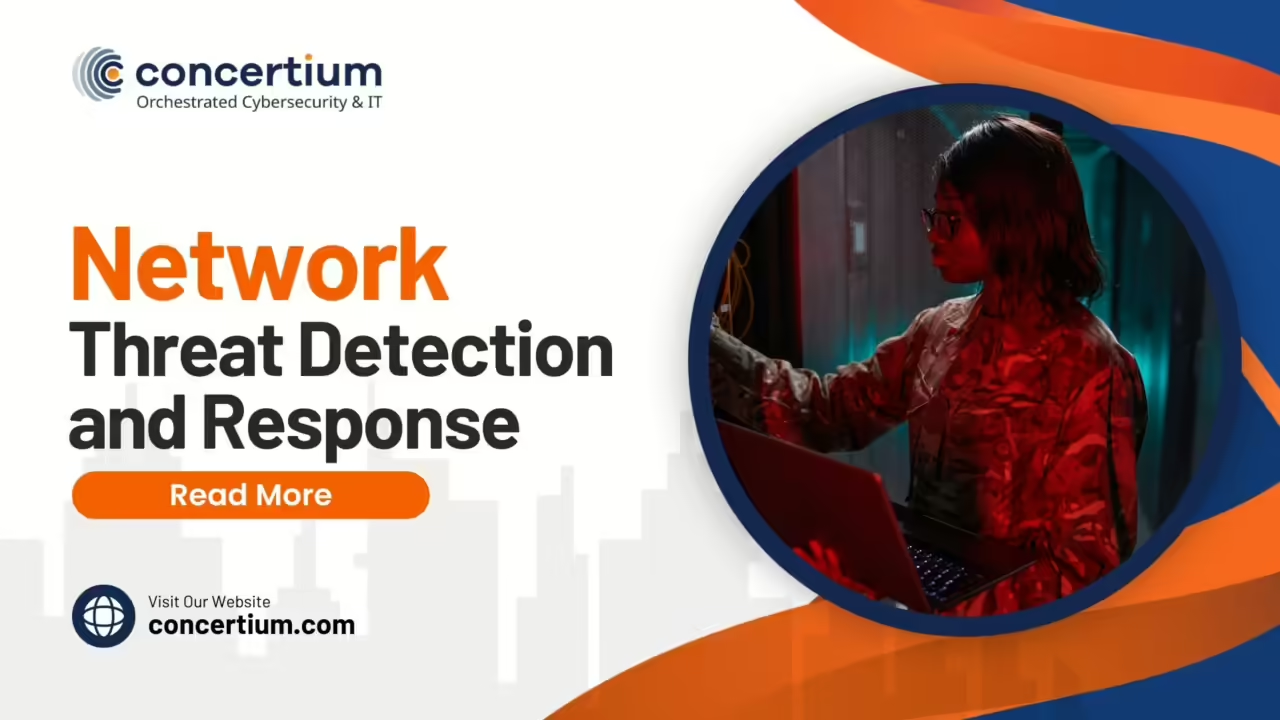Expert Network Threat Detection
Where every organization relies heavily on its network infrastructure, the rise of sophisticated cyber threats has made network security more critical than ever. Whether it’s a malware attack, data breach, or unauthorized access to sensitive data, the consequences of not having robust security measures in place can be catastrophic.
Network threat detection lies at the heart of any cybersecurity strategy. It refers to the process of monitoring and analyzing network traffic to identify suspicious activities and potential threats in real time. From traditional intrusion detection systems (IDS) to advanced machine learning-based solutions, the ability to detect and respond to cyberattacks has become indispensable.
But modern threat detection is no longer just about spotting known threats. The ever-evolving landscape of cyberattacks demands proactive detection techniques and advanced tools that can predict and respond to unknown threats. Security teams must now rely on network detection and response (NDR) solutions, endpoint detection and response (EDR) tools, and global threat intelligence to stay ahead of attackers.
Why Threat Detection and Response is Critical in Today’s Cybersecurity Landscape
The importance of network threat detection cannot be overstated in an era where cyber threats are constantly evolving. Cyberattacks can have devastating consequences, from stealing sensitive data to crippling critical systems. Given the global threat environment, organizations must be vigilant in monitoring their networks to protect their assets.
Cybercriminals use a wide array of tactics to infiltrate networks, ranging from simple malware attacks to sophisticated advanced threats like phishing, ransomware, and insider threats. By implementing effective threat detection systems, organizations can detect malicious activity early, preventing widespread damage. Additionally, integrating global threat intelligence allows security teams to stay updated on the latest threats, strengthening their ability to combat emerging dangers.
The risk isn’t limited to large corporations, small businesses are also at risk. Cyberattacks can exploit any weak link, and a single breach can have severe financial and reputational consequences. Thus, the ability to detect a potential threat early on is paramount.
Network Detection and Response: The Backbone of Effective Security
One of the most powerful tools in combating cyberattacks is Network Detection and Response (NDR). NDR is a cybersecurity solution that uses machine learning, traffic patterns, and network analytics to identify and respond to threats in real time. Unlike traditional approaches, NDR doesn’t just rely on known threats; it also detects anomalies and abnormal network behavior, enabling security teams to respond even to new or advanced threats.
The biggest advantage of NDR systems is their ability to offer deep visibility across the entire network. With NDR, security teams can monitor network traffic more effectively, understanding what’s normal and what isn’t. By recognizing anomalies—like an unusual spike in network activity or unexpected access to certain files—NDR solutions can send alerts to the security team, enabling them to act before any damage is done.
Additionally, NDR integrates with other security tools, making it easier to create a comprehensive threat detection and response system. By automating key processes and analyzing network data in real time, NDR systems significantly reduce the time it takes to detect, investigate, and respond to threats, ultimately improving overall network security.
Key Elements of Threat Detection Systems
For a threat detection system to be truly effective, it needs to incorporate several key elements that work together to provide a holistic defense:
Detection Capabilities
At its core, a robust threat detection system must have the ability to detect both known and unknown threats. This is achieved through a combination of signature-based detection (which uses a threat database feed of known threats) and behavioral-based detection (which monitors for deviations from normal network behavior).
Visibility Across Your Network
Effective threat detection and response relies on having comprehensive visibility across the entire network. This includes not only core infrastructure but also endpoints, which are often the entry points for attackers.
Automation
Given the speed at which threats evolve, automated response is crucial. By leveraging machine learning and artificial intelligence, detection systems can automatically flag and respond to potential threats, reducing the workload on security teams and ensuring faster reaction times. Automation is particularly important when dealing with real-time detection.
Incident Response
A good detection system not only detects threats but also assists with incident response. Once a threat is detected, it’s essential to have a defined response system in place to contain, mitigate, and prevent the spread of the attack.
Integration with Security Tools
Threat detection is most effective when it’s part of a broader security ecosystem. The system should integrate with existing tools like firewalls, intrusion detection systems (IDS), and endpoint detection and response (EDR) solutions to create a layered security approach.





